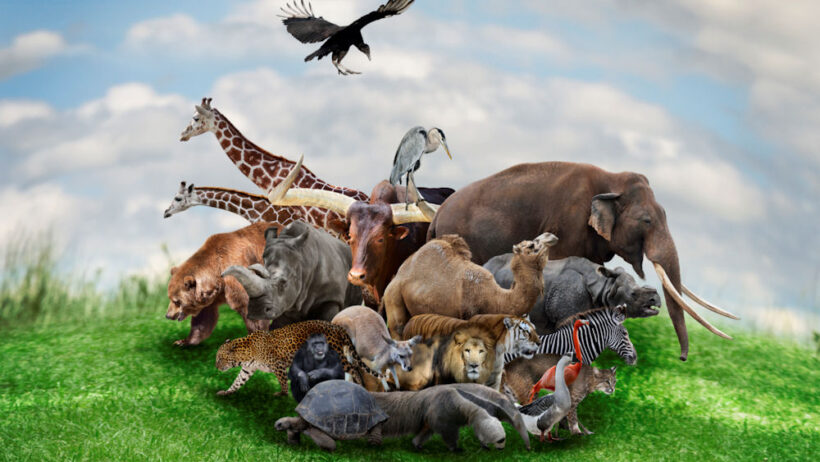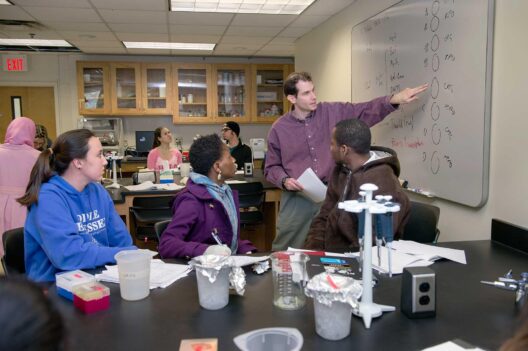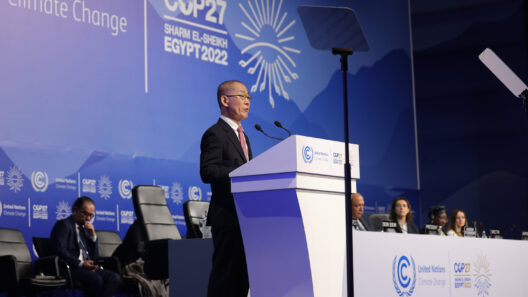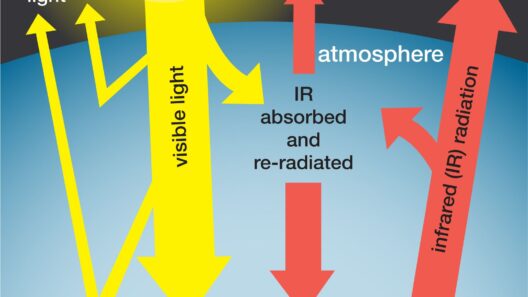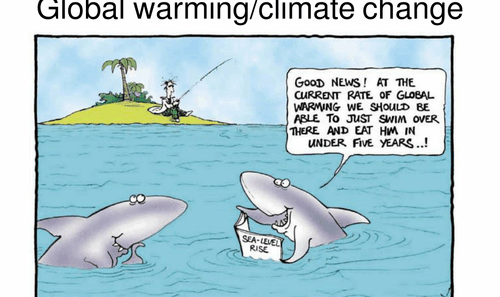The intricate fabric of life on Earth is woven together by diverse ecosystems, each playing a pivotal role in maintaining planetary health. However, these ecosystems are now under siege, primarily due to the exacerbating effects of global warming. The changing climate poses formidable challenges to biodiversity, disrupting the delicate balance that sustains life forms and their habitats across the globe.
Biodiversity can be defined as the variety of life in a particular ecosystem or on the planet as a whole, encompassing the range of species, their genetic makeup, and the ecological complexes they inhabit. From the sprawling rainforests of the Amazon to the fragile ecosystems of coral reefs, biodiversity is essential not only for the stability of ecological relationships but also for humankind’s own survival. The ramifications of diminishing biodiversity cannot be overstated; they threaten food security, clean water, and the myriad services ecosystems provide.
One of the most pressing aspects of global warming is the alteration of climatic patterns. Shifts in temperature and precipitation levels can lead to habitat loss and fragmentation. For instance, polar ice caps are melting rapidly, leading to the destruction of habitats for species such as polar bears and seals. As these ecosystems change, many species are left with no viable habitat to escape to, resulting in potential extinction.
Moreover, changes in climate are coupled with the phenomenon of phenological shifts, where the timing of biological events is altered. Plants and animals often have tightly-bound cycles of life that hinge on specific weather conditions. If these environmental cues are disrupted, it can lead to mismatches in food availability and breeding cycles, threatening survival rates. For example, migratory birds may arrive at breeding grounds too early or too late, missing out on peak food availability, which can subsequently affect their reproductive success.
Additionally, global warming engenders an increase in the frequency and intensity of extreme weather events. Hurricanes, droughts, and floods can decimate habitats, leaving species struggling to adapt. Coral reefs, often referred to as the “rainforests of the sea,” experience bleaching as ocean temperatures rise. This not only kills coral but also devastates the myriad species that depend on these vibrant ecosystems for survival.
The chain reaction triggered by these environmental changes extends to human economies and communities, especially those reliant on agriculture. As climate patterns shift, crops that were once flourished may fail. In turn, this can lead to a loss of genetic diversity in crops, turning agriculture into a less resilient system, one that is more susceptible to pests and diseases. The symbiotic relationship between biodiversity and food production becomes increasingly tenuous as we confront the shifting realities of climate change.
In addition to these direct impacts, invasive species flourish in a warming world. Ecosystems that become destabilized due to climate change may see native species unable to compete against invasive species that thrive in altered conditions. For example, as temperatures rise, plants that would normally not survive in certain areas may spread, outcompeting local flora and dramatically altering the local ecosystem. This loss of native species further complicates efforts to conserve biodiversity and maintain ecological integrity.
However, environmental resilience is not entirely a lost cause. Strategies for conservation can mitigate some damaging effects of global warming. Protecting existing habitats and restoring degraded ecosystems can allow for species to adapt and thrive even as the climate continues to change. Establishing wildlife corridors can also facilitate species migration and movement, allowing ecosystems to keep functioning as climate conditions evolve.
Moreover, raising public awareness and fostering a culture of sustainability are crucial. Education can empower communities to adopt practices that protect biodiversity. From local conservation initiatives to global cooperation on environmental legislation, efforts can help create a robust response to the multifaceted threats posed by global warming. Individuals play a significant role in this process; small actions, such as reducing carbon footprints and supporting conservation organizations, cumulatively contribute to a larger solution.
Global partnerships are similarly vital in combatting climate change and protecting biodiversity. Countries must collaborate on scientific research, conservation efforts, and sustainable development strategies, sharing knowledge and resources to formulate more resilient solutions. Such cooperative frameworks can lead to innovative technologies that address climate-related issues while fostering biodiversity, prompting a synergistic path forward.
In conclusion, ecosystems worldwide are grappling with the intricate challenges presented by global warming. The threat to biodiversity is grave, encompassing habitat destruction, phenological mismatches, extreme weather events, and invasive species proliferation. Nevertheless, through collective action, conservation strategies, and increased awareness, humanity has the potential to foster resilience in ecosystems. This proactive approach is critical not just for the myriad forms of life that inhabit our planet, but also for the sustainability of human existence itself. The time to act is now, for the longer biodiversity lingers in jeopardy, the more precarious our own future becomes.



